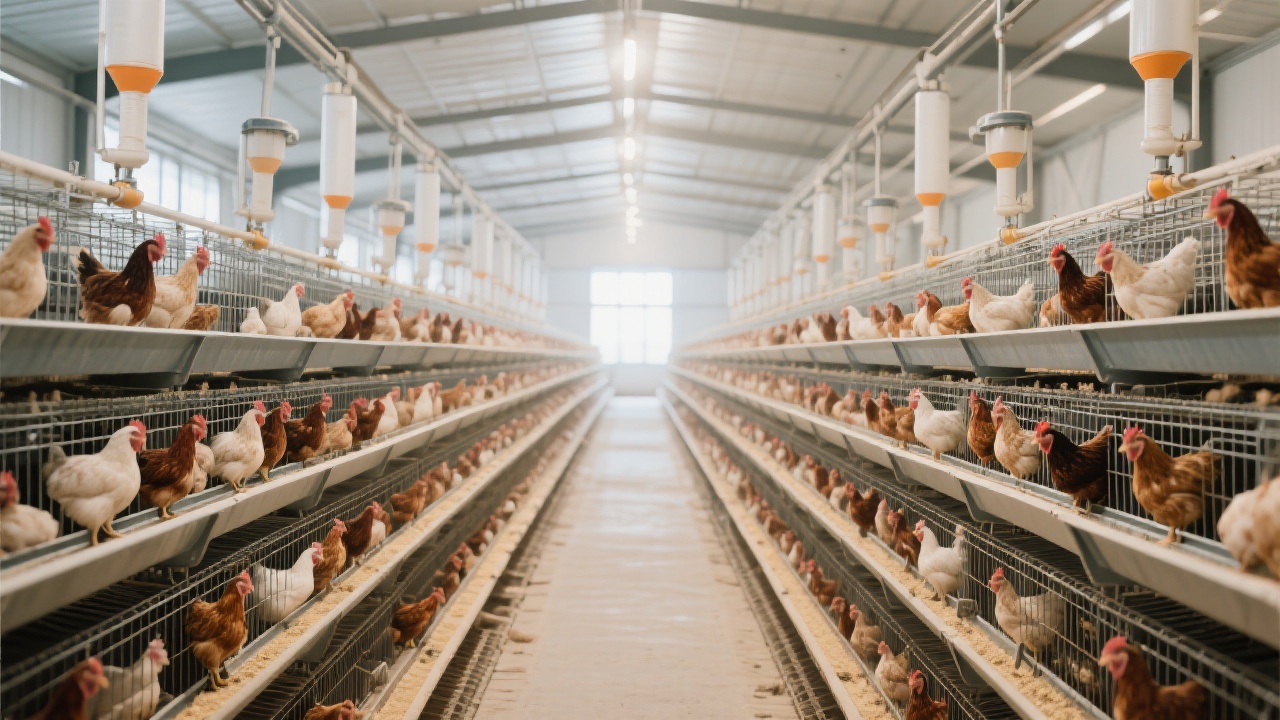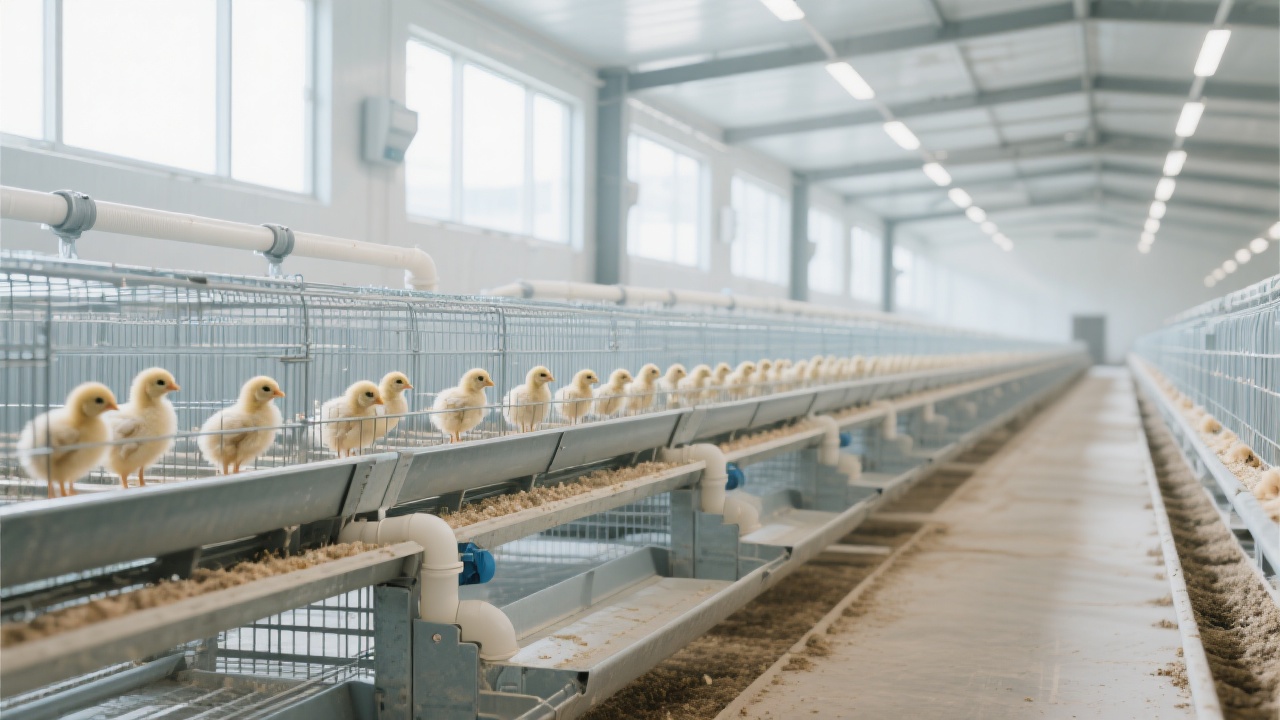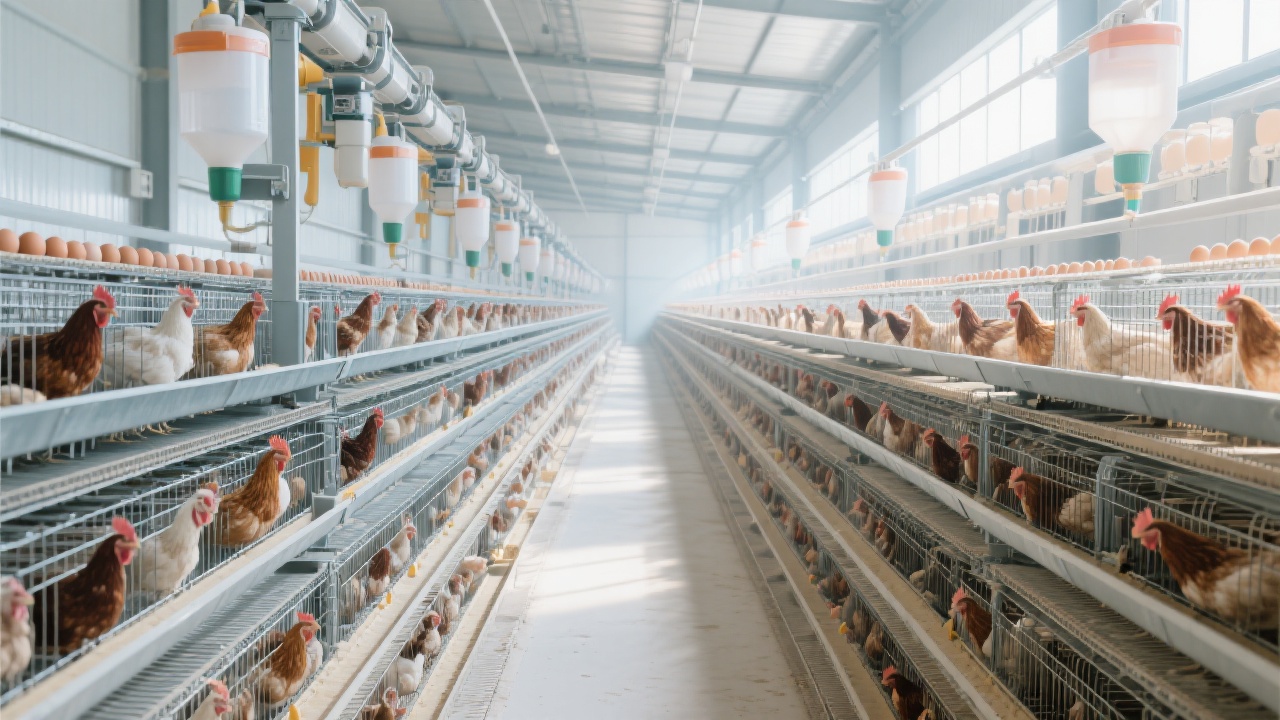
In the evolving landscape of large-scale egg production, overseas poultry farms are increasingly adopting Zhengzhou Livi Machinery’s patented H-type layered hen cages. These innovative structures are engineered to optimize spatial efficiency, enhance ventilation, and integrate seamlessly with automated farming systems. The result: substantial improvements in egg yield per square meter and marked reductions in labor overheads.
The hallmark of the H-type cage lies in its vertical layering with optimized inter-layer heights, a design that harmonizes animal welfare with productivity. Each layer maintains a height of approximately 50-55 cm, balancing sufficient headroom for natural hen movement and minimizing unused vertical space. This precision spacing increases effective volumetric density by up to 25% compared to traditional single-tier systems.
Beyond sheer capacity, the H-type structure integrates a slightly inclined floor mesh facilitating natural egg roll-off to collection channels, minimizing handling damage and waste.
Recognizing hens’ instinctual needs, Livi’s H-type cages incorporate behavioral-friendly features such as perching bars aligned with natural roosting heights and nesting compartments designed for privacy and comfort. This alignment reduces stress-induced molting and improves laying consistency. Empirical studies from farms retrofitted with Livi cages report a 10-15% increase in egg production over 12 months.

Effective hygiene management is critical for disease control and operational efficiency. Livi’s H-type design features integrated cleaning aisles between stacked cages, enabling mechanized washing systems to access and sanitize all layers without dismantling. This smart pathway design reduces sanitation time by approximately 40% and water consumption by 30%.
Moreover, the open-frame construction and optimized spacing ensure superior airflow distribution. Computational fluid dynamics (CFD) simulations indicate a 20% improvement in ventilation uniformity compared to conventional multi-tier cages, reducing heat stress and ammonia accumulation.
Modern egg farms are embracing automation to enhance efficiency and reduce labor dependency. The H-type cages’ modular design supports straightforward installation of automated feeding, watering, egg collection, and manure removal systems. Compatibility with robotic harvesters has led to reported labor cost savings of 35-40%, alongside increased operational predictability and biosecurity.

A mid-sized egg farm converting from traditional single-layer cages to H-type layered cages reported the following after 18 months:
| Key Performance Indicator | Before Adoption | After Adoption | Improvement |
|---|---|---|---|
| Egg Yield per m² (eggs/day) | 650 | 825 | +27% |
| Labor Hours per 10,000 hens / day | 15 | 9 | -40% |
| Cleaning Cycle Duration (hours) | 8 | 4.5 | -44% |

When configuring H-type cages, farms should carefully calibrate layering density relative to available floor area and hens’ behavioral needs. Typical configurations range from 3 to 5 layers for spaces under 1,000 m², while larger farms benefit from scaling to 6 layers utilizing advanced ventilation and manure management systems.
Integrating sensors to monitor temperature, humidity, and egg-laying metrics can unlock predictive analytics for dynamic farm management, amplifying the efficiency gains achievable with H-type cages.
Discover how implementing Zhengzhou Livi’s H-type layered hen cages can transform your egg production operations — Unlock New Levels of Productivity Today

